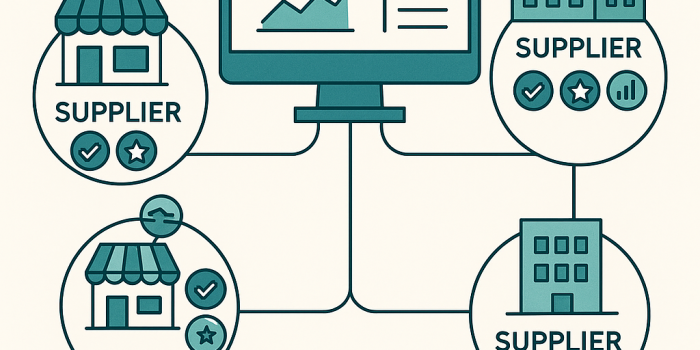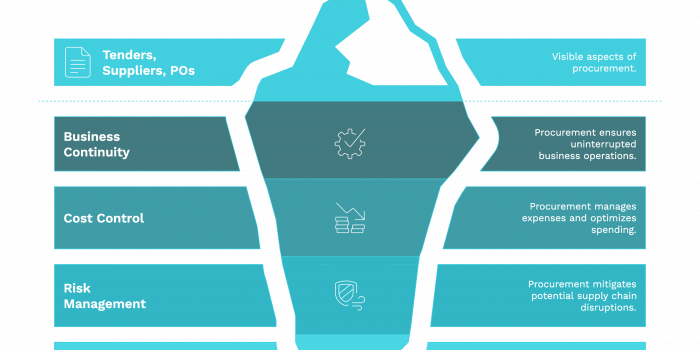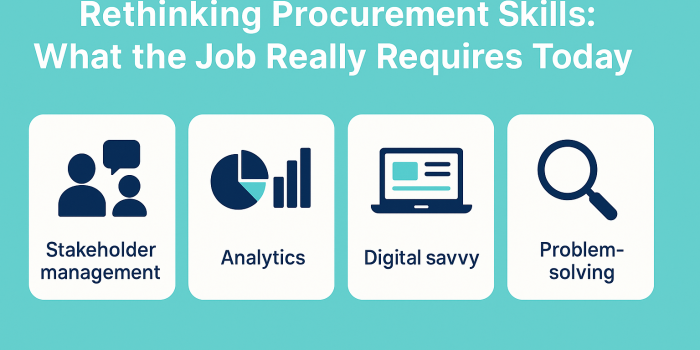The Cost of Inefficient Procurement – And How to Fix It
Addressing inefficient procurement is a strategic approach involving digital transformation, process optimization and supplier collaboration

Procurement is the backbone of every organization. It is what ensures that the right goods and services are acquired at the right time, price and quality. This means that organizations that fail to optimize procurement are at risk of eroding profitability and losing competitive advantage through inefficient procurement processes.
The Hidden Costs of Inefficient Procurement
Inefficient procurement is more than just a bureaucratic bottleneck for high performing companies. It is a major financial drain which can lead to significant financial losses, operational delays and strategic misalignment. Some of the most common costs associated with poor procurement processes includes:
- Increased Operational Costs – Employees spend countless hours processing purchase orders, managing supplier communications, and reconciling invoices, diverting attention from higher-value strategic tasks. These inefficiencies increase overhead costs and reduce productivity.
- Lack of Spend Visibility and Cost Overruns – Without centralized procurement data and analytics, companies struggle to track spending patterns, leading to unauthorized purchases, maverick spending and budget overruns. It is clear that inaccurate forecasting due to poor procurement insights can result in misallocated budgets and financial waste.
- Supplier Risk and Compliance Issues – Failure to vet suppliers properly or ensure compliance with regulatory requirements can expose businesses to financial penalties, reputational damage and operational disruptions. Poor supplier management also increases the risk of fraud, missed deliveries and inconsistent quality in goods and services.
- Lengthy Procurement Cycles and Delays – A slow procurement process leads to delays in acquiring critical materials and services which directly affects production timelines, disrupts service delivery and impacts customer satisfaction.
- Missed Cost Savings and Poor Negotiation Power – Companies with fragmented procurement processes lack the data needed to negotiate better pricing and terms with their suppliers. Hence strategic sourcing opportunities are missed, which results in higher costs and lost savings.
How to Fix Inefficient Procurement
Addressing inefficient procurement is a strategic approach involving digital transformation, process optimization and supplier collaboration. Below are five key steps to fixing inefficient procurement:
- Automate Procurement Processes – Investing in a cloud-based procurement platform, like Scale, eliminates manual processes, streamlines workflows and reduces administrative costs. Automation ensures that purchase requisitions, approvals and invoicing are handled in real-time, improving efficiency and reducing errors.
- Centralize Spend Management and Analytics – A data-driven procurement strategy provides full visibility into company spending, enabling better decision-making and cost control. Advanced analytics tools help organizations identify spending patterns, eliminate waste and optimize budgets for strategic sourcing.
- Strengthen Supplier Management – Companies should implement a structured supplier management framework that includes performance tracking, risk assessments and contract management to ensure quality, reliability and compliance.
- Standardize Procurement Policies and Compliance – Ensuring that procurement policies are standardized and enforced across departments prevents maverick spending and enhances compliance with financial and regulatory guidelines. Digital procurement solutions provide audit trails and automated compliance checks, reducing legal and financial risks.
- Integrate Procurement with Financial and ERP Systems – Seamless integration between procurement systems and enterprise resource planning (ERP) or financial tools ensures accurate tracking of expenditures and budget alignment. This integration eliminates data silos, improving financial oversight and strategic alignment.
The Competitive Advantage of Efficient Procurement
The future of procurement lies in automation, data-driven decision-making and seamless integration with enterprise systems. And companies that embrace digital procurement transformation gain a competitive edge. This can be attained through achieving efficient procurement and enabling their procurement and finance teams to:
- Reduce procurement cycle times by 50% or more.
- Cut administrative costs by automating manual processes.
- Improve supplier performance and contract compliance.
- Enhance real-time visibility into spending and budget tracking.
Forward-thinking businesses that invest in efficient procurement processes today will secure long-term growth, financial sustainability and operational excellence. Are you ready to optimize your procurement processes? Book a demo with us and explore how Scale can help your organization drive efficiency, cost savings and strategic growth.








